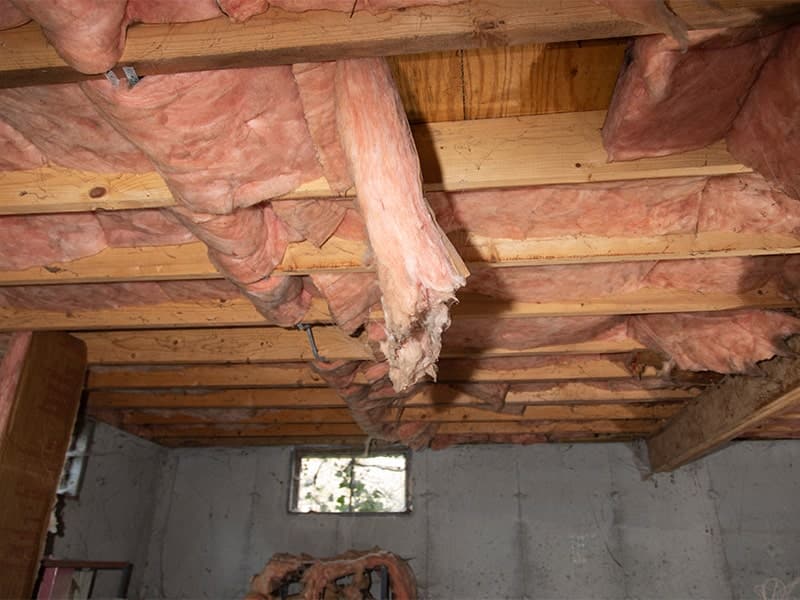More than 1 in 10 homes in the United States have a crawl space: a small area under the house that separates it from the ground. Most crawl spaces are vented, which means that air exchanges freely with the outside. Ductwork, water pipes, gas lines, and electrical wiring often run under the house and in the crawl space.
Your crawl space can be a convenient access point for these systems. But vented crawl spaces are unconditioned and exposed to the elements. Temperature changes, moisture, and more can all cause crawl space leaks and make your home less energy efficient.
As energy efficiency experts, our team at TSI Energy Solutions is here to offer advice. Read on for our tips to determine if you have a crawl space leak that’s costing you and find out what you can do about it.
Identify your crawl space problems
When was the last time you looked into your crawl space? Many homeowners don’t check their crawl spaces as often as they should, and it’s easy for problems to go unnoticed.
Unfortunately, having a leak in the crawl space can put your home and your family’s health at risk. Some of the most common issues in vented crawl spaces are:
- Mold and mildew
- Insects, rodents, and other pests
- Rot
- Rust
- Structural damage
- Poor insulation
If ignored, these issues affect your home’s safety and durability. Up to 50% of the air inside your home comes from your crawl space, and a leak in the crawl space can cause poor indoor air quality, allergy problems, and more.
Leaks and poor insulation often mean that conditioned air from inside your house is escaping outside. Your heating and cooling bills may be higher, because your home isn’t as energy efficient as it could be.
Improve your crawl space energy efficiency
Making your crawlspace more energy efficient starts with an energy inspection. Energy efficiency inspections often include a hole-house assessment with blower door testing and infrared scanning to identify leaks and areas where insulation is missing.
After you have your home and crawl space inspected, it’s time to consider improvements. Some small changes that can improve crawl space energy efficiency include air sealing, duct sealing, and hot water pipe insulation.
Depending on your home’s age, location, and identified issues, you may want to consider crawl space conditioning or encapsulation. Crawl space conditioning involves installing vapor barriers to protect against moisture and leaving vents open. Encapsulation seals off your crawl space, and it involves vapor barriers and a dehumidifier to regulate moisture.
A conditioned crawl space can significantly improve comfort and air quality in your home. It manages moisture under the house. It makes your home more energy efficient, resulting in lower heating and cooling bills.
Don’t let your crawl space cost you. Schedule your home energy audit and get started improving your crawl space today.

